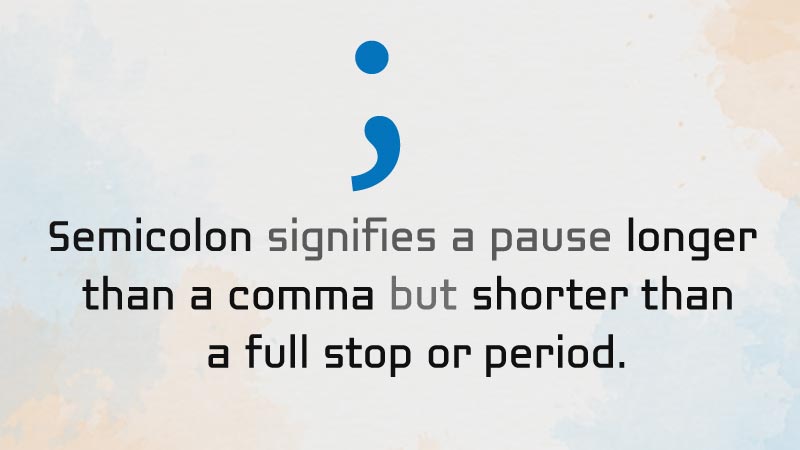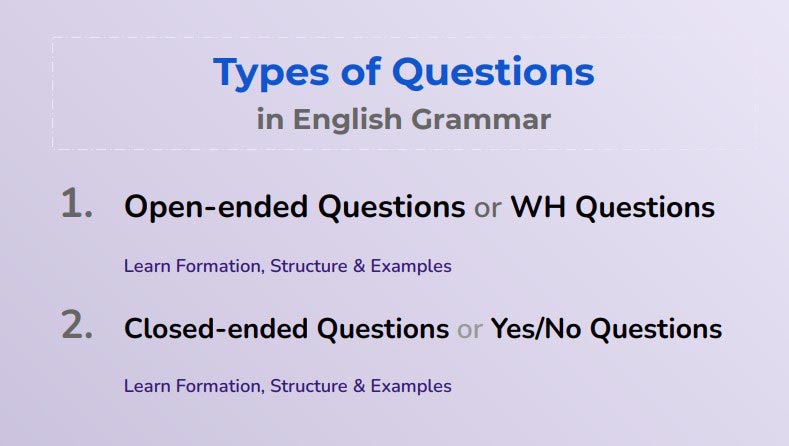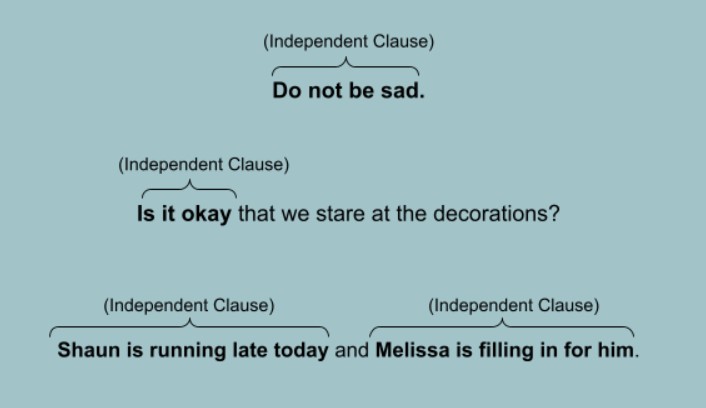Correct Use of Semicolons
Semicolons may be the most frowned upon punctuation mark in the English language. The reason is the lack of authenticity in look and functionality. Worried about the complexity in the use of semicolons, new learners often opt for commas or conjunctions when situations arise for semicolons to be used. But knowing the places they are used in and the purpose they serve will convince the learners to opt for them while giving them a much-needed confidence boost.

What is a Semicolon?
The semicolon is a full stop sitting on a comma. Two complete sentences are joined with a semicolon. It signifies a pause longer than a comma but shorter than a full stop or period. Namely, they are “Semi” colons so they are not fully colons and they look the part; the lower dot of a colon (:) turns into a comma for the semicolon (;).
Where Are Semicolons Used?
Firstly, Semicolons link two relevant independent clauses. If two sentences are related, why forcefully split them into two when you write, that too when you don't necessarily pause long enough between the two in speech. On the other hand, there must be a logical connection between the two Independent Clauses when they are to be connected by a Semicolon.
Example:
- We’ll be at the park tomorrow (;) Wednesdays are pretty quiet there.
“We’ll be at the park tomorrow” and “Wednesdays are pretty quiet there” are both Independent Sentences and they have a logical connection since both mention the same day in two ways - “Tomorrow” and “Wednesday”. That is the all-important logical connection that justifies the usage of the Semicolon.
More Examples:
- They’re back on the road (;) it’s the holiday season.
- I’ve been riding this bus every day for the past month (;) I should have seen him somewhere.
Secondly, Semicolons come in handy while listing something. Lists inside lists or serial lists are separated with it. The theory is when components inside a list are already divided by commas and need further divisions, that is when the Semicolon comes into play.
Example:
- I already have rice, flour, sugar, cooking oil and eggs at home (;) let’s get some parsley, mint and basil.
There are two lists in the sentence above - “rice, flour, sugar, cooking oil and eggs” and “parsley, mint and basil”. Both the lists have commas separating each ingredient within so separating the two Independent Clauses requires a Semicolon.
More Examples:
- Reese, the drive; Paula, the nanny (;) Dave, the chef and Jackson, the dog accompanied us.
- She folded bedsheets, work clothes and the towel (;) her husband did the laundry, washed the dishes and mowed the lawn.
Comma or Semicolon?
There is no reason why it should be confusing whether to use a Comma or a Semicolon in a particular situation. But for the English learners dealing with these punctuations for the first time, it can be pretty daunting. Commas probe the readers to pause very briefly, which is barely noticeable, but with a Semicolon, they have to pause a bit longer than a Comma but shorter than a Full Stop. When two complete sentences are to be joined, it always needs a Semicolon, not a Comma.
Examples:
- Looking at you (,) I sighed.
- Looking at you (;) I sighed.
- I looked at you (;) you looked back.
“Looking at you” is a Dependent Clause where “I sighed” is an Independent one so there must be a Comma linking them and not a Semicolon when it comes to punctuation marks. Semicolons never connect Dependent Clauses. “I looked at you” and “You looked back” are two Independent Clauses so they are joined by a Semicolon.
Semicolons vs Full Stops
Semicolons do not always replace Conjunctions because they basically signify the link between two sentences that can end with a Full Stop as if pausing in between would break the spell or dim the intensity. Speakers at times, deliberately ignore the pause after a full sentence as do writers when they choose to use Semicolons where a Full Stop could have worked just fine.
Examples:
- She entered the castle (;) the guards ran in to receive her.
Normally, someone could write “She entered the castle(.) The guards ran in to receive her(.)” The Full Stop at the middle of the two sentences can become a Full Stop as the two sentences or clauses join. Here, the two sentences become one with the help of the Semicolon since the speaker wanted to skip pausing and uttered the two sentences together.
More Examples:
- Rob threw a tantrum (;) his mother cooked him a calming meal.
- Don’t chase the butterflies (;) there’s no point running under the scorching sun.
- Travels are banned for the coming months (;) the Robsons are staying in.
Semicolons Replacing Conjunctions
In the case of Compound Sentences, Semicolons often take the responsibility of Coordinating Conjunctions. There, a pair of Independent Clauses get linked with the help of Semicolons and construct Compound Sentences. This way, Conjunctions are often replaced by Semicolons.
Examples:
- I see seagulls (;) there are a few geese too. (replacing “and”)
The Compound Sentence above has the two Independent Clauses - “I see seagulls” and “There are a few geese too” linked by a semicolon instead of the Coordinating Conjunction - “And”. Even without the Conjunction, it stays a Compound Sentence with the Semicolon.
More Examples:
- I go to bed (;) you go home. (replacing “and”)
- Stella makes a delicious broth (;) let’s eat some dumplings soaked in it. (replacing “so”)
Semicolons Before Conjunctive Adverbs
Conjunctive Adverbs are Adverbs acting as Conjunctions and are also called Adverbial Conjunctions and Subordinating Adverbs. Expressions put in between two sentences to express a sense of transition from one sentence to another are Transitional Expressions. Semicolons play the part of truly linking the two Independent Clauses by sitting before these Conjunctive Adverbs and Transitional Expressions. There is a wide range of Adverb-turned-Conjunctions in English: to name a few of them - also, besides, furthermore, hence, however, indeed, moreover, nevertheless, nonetheless, then, therefore, rather, thus, etc.
Examples:
- I’m broke this month (;) nevertheless, I’m happy.
It sits before the Conjunctive Adverb - “Nevertheless” and links the two Independent Clauses - “I’m broke this month” and “I’m happy”.
More Examples:
- I’ll be out of town this Monday (;) otherwise, I would have invited you over.
- He’s been sick for a week (;) however, he’s expected to be back tomorrow.
The Semicolon Controversy
Authors over the ages have been divided into two teams where one is for the semicolons and another is against it. The conventional practice of writing in English has been with lengthy sentences. Writers and authors back in the day used to love it since it allowed their abnormally long sentences to have clarity and direction. American Novelist, Herman Melville had been one of those as Semicolons are aplenty in the excerpt below -
“As I sat there in that now lonely room ; the fire burning low, in that mild stage when, after its first intensity has warmed the air, it then only glows to be looked at ; the evening shades and phantoms gathering round the casements, and peering in upon us silent, solitary twain ; the storm booming without in solemn swells ; I began to be sensible of strange feelings. - Herman Melville
But there have been modern writers and authors writing in English who have shown an utmost distaste for good old Semicolons. According to them, a Semicolon is a fancy punctuation mark achieving nothing special what the more frequently used punctuations. The 20th-century American writer, Kurt Vonnegut was one of the frontlines in the protest against the necessity of it.
“ All they do is show you’ve been to college. - Kurt Vonnegut
Semicolons have been used in literature and formal writing for centuries yet they managed to stay irrelevant to many and that has solely been because of their not-so-original function in use. They have nevertheless been chosen over Conjunctions, Commas and Full Stops by a great number of writers as well. Knowing where to use them correctly grants writers the choice to bring variety in the use of language.
Grammar
Read More
- How to Use "Therefore" in Sentences Avoiding Common Mistakes
- How to Use "Whereas" with Examples and Avoid Common Mistakes
- When and How to Use "Thus" Correctly Without Common Mistakes
- How to Use "On the Contrary" Properly with Meaning and Examples
- When and How to Use "Either/Or" with Examples and Common Mistakes to Avoid
- How to Use "On the Other Hand" Effectively without Mistakes
- How to Use "Respectively" with Example and Common Errors to Avoid
- How and When to Use "Moreover" Without Mistakes
- How to Use "Likewise" in Sentences Based on Context & When not to Use
- When & How to Use "Although" in Sentences to Avoid Mistake


